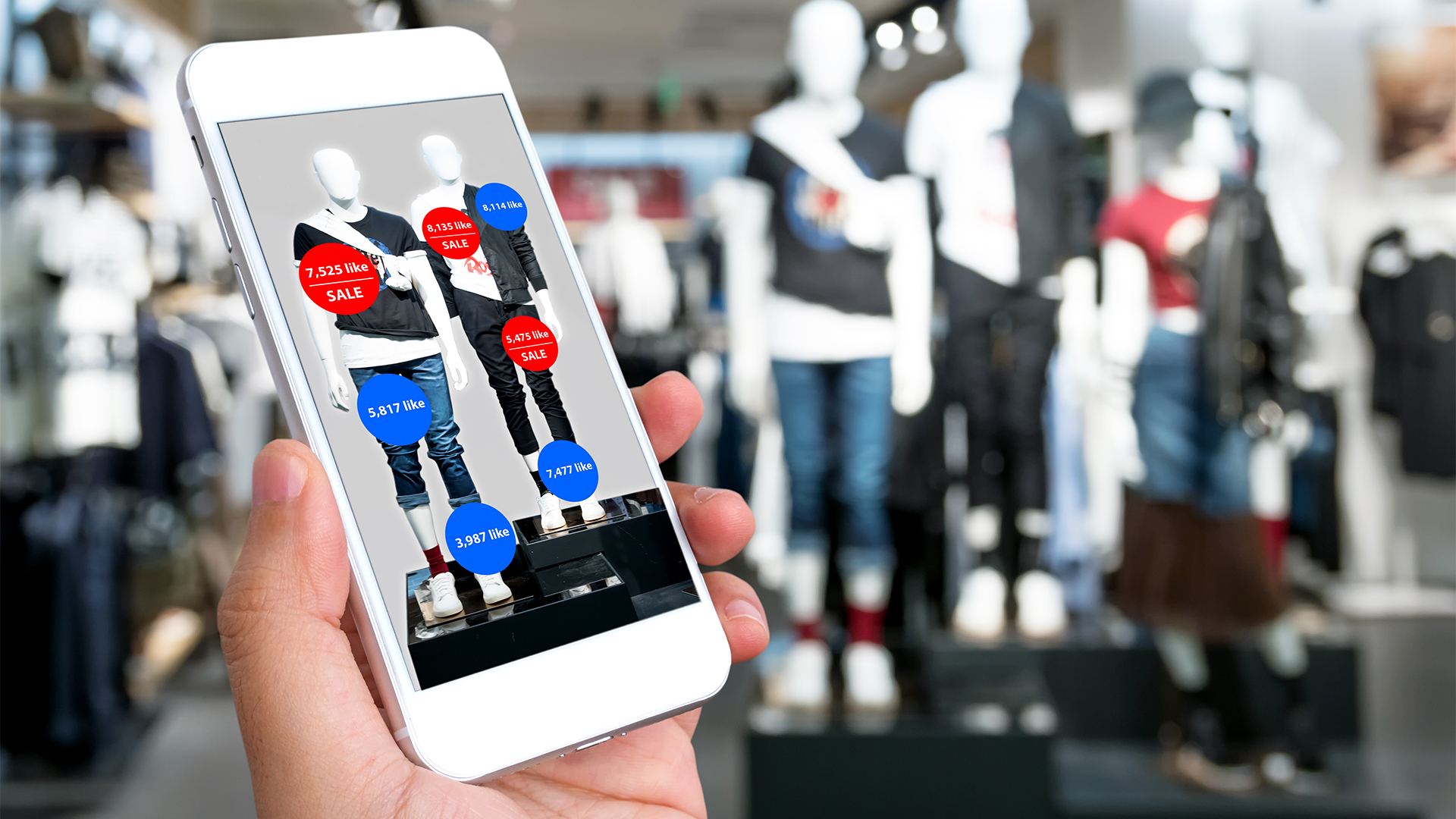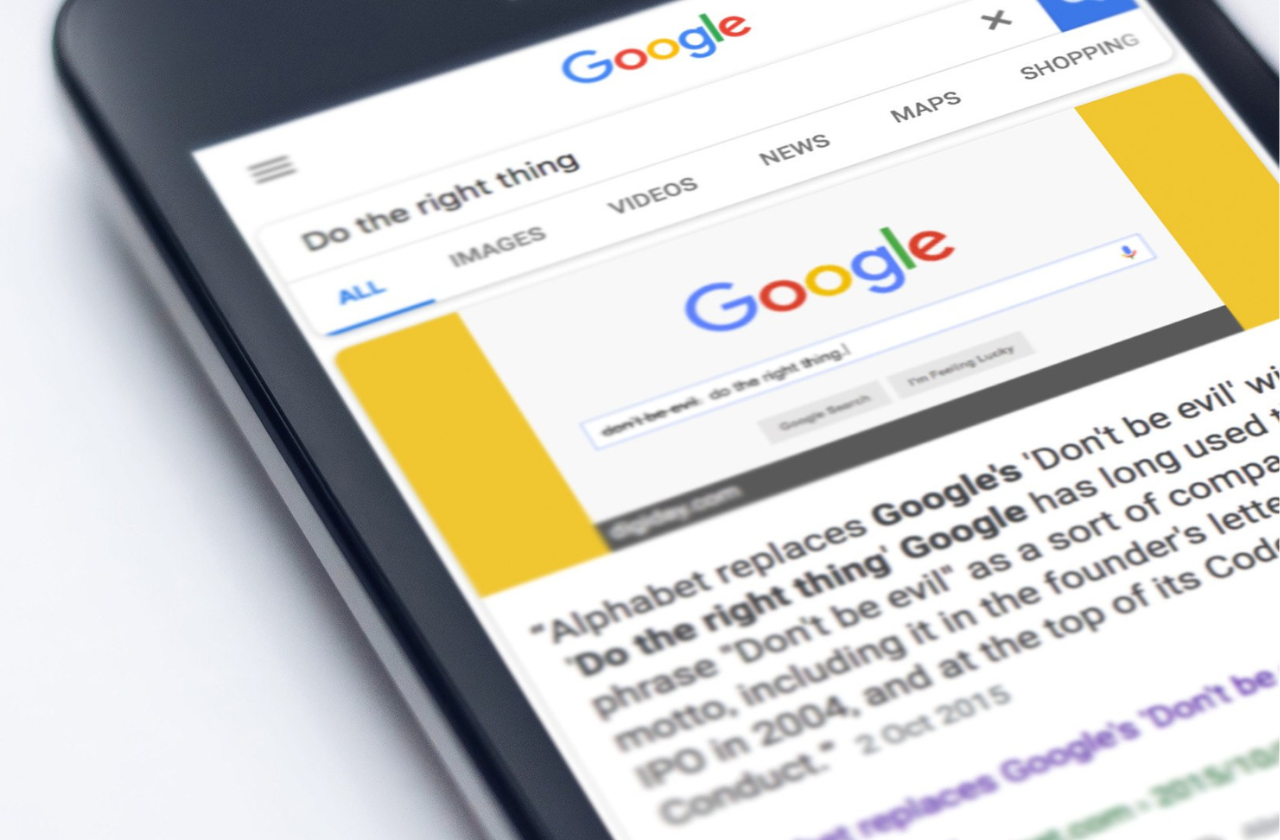





It feels as though you can’t have a conversation about ‘the retail industry’ without someone referencing the dreaded ‘High Street is Dead’ conversation point, or dropping a statistic on how “more people prefer to shop online than go to physical stores.” And rightfully so; there are plenty of arguments and reports that support this view, hence why we’ve seen a pattern over the past few years of retailers constantly re-evaluating where their brick-and-mortar shops fit in a market where online continues to outperform.
However, it would be a serious mistake to conclude that we’ll soon see the death of the physical store; instead they just need a shift in purpose. No longer the only spearhead for sales, the physical store must learn to coexist within a digital ecosystem, becoming an addition and extension to services such as online ordering and in-store pickup, providing consumers with unique experiences that can’t be delivered online and learning from data and touchpoints how to tailor the shopping experience as a whole for each individual.
Physical stores are the most direct way for an individual to engage with a brand, their products and their culture. Ensuring that the connection between physical and digital interactions is being properly tracked and understood, is absolutely key in the creation of the new and exciting ways that brands are ensuring they can provide a connected online/offline tailored and bespoke experience.
Any notion that physical stores are losing relevance with consumers has been proven wrong by the recent trend of online-only retailers opening physical stores, but doing so with a slightly different approach; these stores are utilising the vast range of insight and strategy derived from online learning, and traditional retailers could do with taking a page from this book.
A successful online-only store can of course exist purely in the mystical world wide web without having a physical presence, but physical retail still accounts for about 85 percent of global business-to-consumer commerce, a pretty sizeable chunk of spending available to target. So, the key is to utilise the best of both worlds – a blended experience. This is something that those experienced, digitally native and savvy brands have already started to do; by taking their expertise in utilising a data-led approach of understanding customer behaviour online, and translating it to a new approach on how consumers experience and interact within stores.

Some of the strongest examples where the lines between online and offline are being successfully blurred, incorporating a data-led approach to enhance the user experience, are detailed below.
Create a Frictionless Experience
Retailers that concentrate focus on the user experience and customer journey are much more likely to succeed. The latest PWC ‘Global Consumer Insights Survey’ reports that the less friction in the purchase journey, the more often consumers will shop and the more they’ll spend. For example, the report details that 65% of their global sample does at least some shopping with Amazon but, interestingly, of those individuals more than one-third (34%) said they shop more frequently because they use Amazon.
Amazon have mirrored their key focus on user experience and customer journey from online to their physical stores. The launch of Amazon Go grocery stores has reinvented the way we shop and pay for items. Instead of queueing and paying at a till, customers are automatically charged when they leave the store for their purchase. By simply scanning an app as they enter, purchases are recorded by sensors throughout the store, using artificial intelligence (AI) and radio-frequency identification (RFID).
These stores are set to soon be placed within large office blocks and airports, supporting the growing trend of micro shopping trips – a habit, according to PwC’s study, that 25% of consumers are already doing once a day.
Tailored Experiences from Data
Successful online retailers utilise consumer data to provide tailored online shopping experiences for individuals, accurately predicting needs and wants right in front of your eyes to surface suggested purchases and enhancements that collected data says will likely result in a purchase – this same approach can be taken for in-store learnings, utilising collected data from both online and at the physical venue.
Traditional retailers have already been using data to understand their customer base better as well. Global sports brand Nike have spent over a decade growing their NikePlus membership scheme, using their audience’s data on clothes and shoe choices alongside exercise habits to both personalise the shopping experience and curate stock differently in-store based on the geographical location.
Adobe Labs have developed a range of new technologies around tracking shoppers within physical locations utilising in-store beacons, IoT sensors and app tracking with a view to surfacing offers directly to customers as they’re looking at certain products.
Using a pre-existing analytical tracking resource such as Google Ad’s Store Visit Conversions
Tech giant Google is able to anonymously track how paid adverts may influence a customer to visit a physical store – don’t worry, it’s not as ‘Big Brother’ as it sounds. Google is able to estimate an in-store visit by looking through phone location history alongside a ‘Google My Business’ location to understand whether someone that clicks on a specific advert actually visits the corresponding store.
Whilst the initial limitations are around needing a fairly large scale of how physical store visits, this data allows a brand to do the following:
Having access to this data is particularly useful when optimising any campaigns going forward as it not only provides a deeper understanding of the specific buying funnel for the brand, but also allows enhancements to be made in regards to a digital strategy as a whole based on which locations are seeing better performance.
Using online to enhance the in-store experience
One such way to ensure that the offline/online experience is less disparate for consumers is to utilise online within an in-store customer journey.
Retailers like cosmetics brand Sephora are investing in digital tech that serves as a personal shopping assistant for customers whilst they are in-store. Their app allows an in-store customer to quickly engage with product reviews as well as encourage product exploration, such as being able to test full-face makeup looks using both facial recognition via the phone’s camera with augmented reality technologies, as well as being able to ‘try on’ celebrity and real-world friend’s style.
Similarly, the New York store for fashion retailer Rebecca Minkoff has interactive mirrors within dressing rooms so customers can order a different colour or size directly in just a few taps. They can also change the lighting to match the environment in which the outfit would be worn.
Swedish furniture retailer IKEA has always been at the forefront of digital innovation and their ‘Virtual Trip Planner’ integrates the digital and physical seamlessly, allowing customers to simplify their trip by mapping the exact location of items and checking availability. This not only improves the user experience by making consumers’ trips as efficient as possible, but the utilisation of augmented reality to view product variations in-store increases engagement with the products.
Similarly, home improvement retailer Home Depot has invested in features like digital navigation and “wayfinding” within their mobile app to better connect the online/offline experience.
Unique experiences within physical stores
The huge advantage that comes with the in-store shopping experience is that of being able to see and interact with a product before you buy. Taking this hugely important element of the shopping experience and coupling it with a unique and importantly ‘fun’ experience is one of the key ways a brand can turn a standard in-store visit to a must-see experience.
Creating an immersive, unique and exciting experience for shoppers is one such way to guarantee conversation and footfall, something which Canada Goose managed to create when adding ‘Cold Rooms’ to certain stores. These rooms allow people to try on parkas at temperatures as low as −25°C as well as alter factors such as wind chill, creating the chance to really test products in the environments the brand was built on. These experiences are then shared online via outlets such as social media platforms which in turn drives footfall from others wanting to engage in the unique experience.
A unique online/offline rewards programme.
Providing incentives for individuals to not only visit stores, but be more active as a whole, is one way that US retailer Walgreens has been able to successfully interact with their customers both online and in-store. By collaborating with fitness tracking apps, Walgreens launched a rewards programme that provided unique in-store incentives and offers to those who made healthy-living choices such as exercising, walking more and eating well.
Influencer marketing
Whilst not overly innovative or new, there are clear benefits of smartly utilising influencer marketing as a means of connecting the dots between online and offline experiences. Retailers are still not taking advantage of the connection that influencers have with their fans face to face, with multiple case studies widely available such as fitness brand Gymshark who were able to successfully fuse online and offline showcasing the power of how a physical presence from an influencer in-store works when launching a particular collaboration or new product launch.
Social Media – it still has a part to play.
Retailers have already widely adopted and, to an extent, understand the value of a well thought out social media strategy. However, there are multiple layers that need to be considered alongside simply having an omnichannel ‘always on’ social approach that can bridge the offline/online gap.
These additional layers include:
All of these varied approaches are looking to close the gap that is the disparate experience between online and offline, as well take steps to creating that goal of a blended experience. However, the underlying constant that is able to connect the two is utilising data and technology in order to create rich, informative in-store experiences.
This approach that has worked so well online needs to be widely adopted by traditional brick-and-mortar retailers in order to capitalise on all of huge amounts of data-points around customer behaviour that can be collected both in-store and online. This then will allow retailers to truly be customer focused by becoming data-driven organisations that truly understand consumer experience and customer journeys.



Our dedicated team dives deep, delivering relentless value and aligning digital solutions with your goals in a way that guarantees success
Learn more